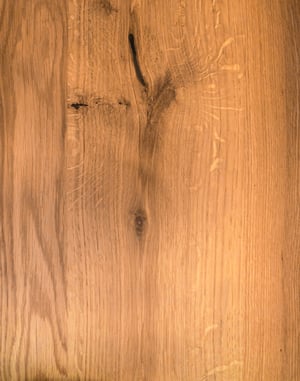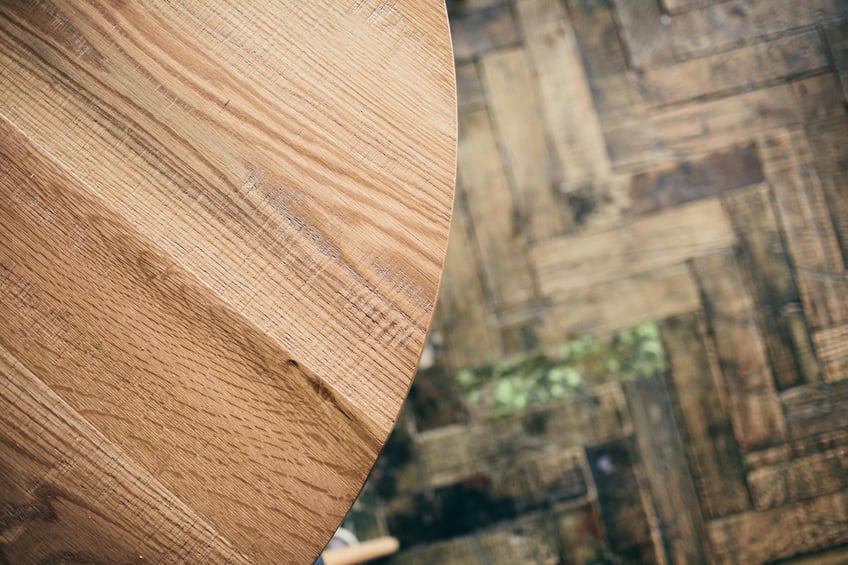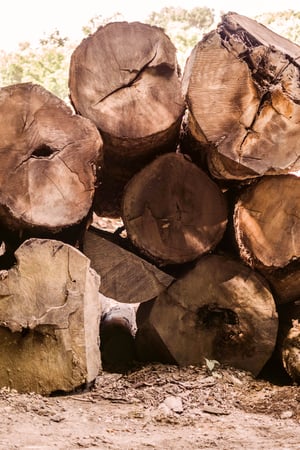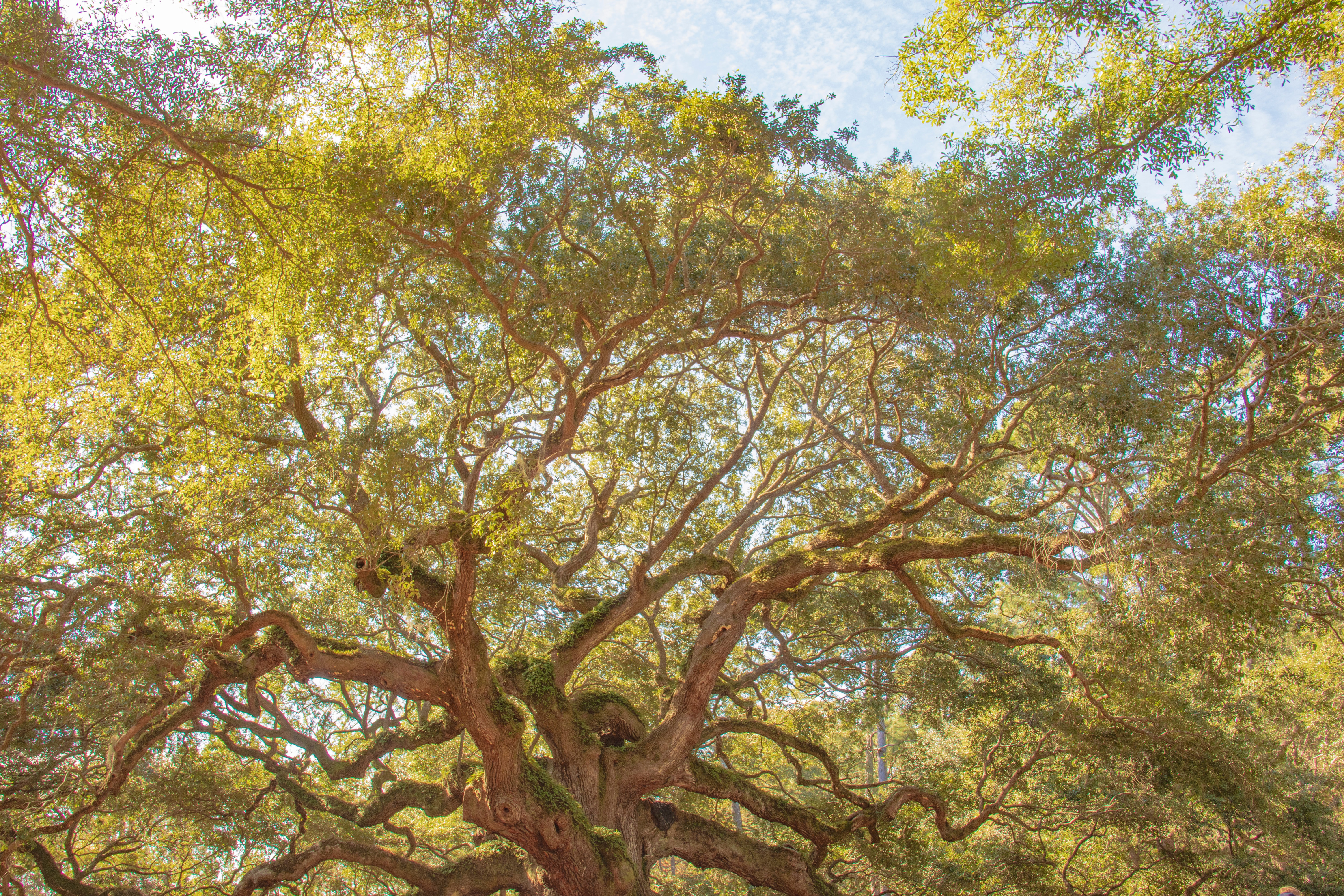OAK AND WALNUT
We use wood in almost every product we create here at Crow Works. To us, wood is more than a material; it is an integral part of who we are, and we are continuously inspired by the beauty of this natural material. As the years pass, we continue to learn about wood and the trees it comes from. We are humbled by the depth and rich history of the material. From sustainable harvesting to how to read a board, there's so much to discover. Come along with us as we dive into the ins and outs of the most diverse product in the natural world.
There are hundreds of species of wood to choose from, but to us, American White Oak and American Black Walnut are perfect. So, what makes them so special?
American White OakKnown by its Latin name as Quercus alba, American White Oak is a hardwood that can be found in central and eastern regions of the U.S., from Minnesota to Maine and down to Florida. Our commitment to building all of our products locally extends to our material sourcing as well. All of our White Oak lumber is sourced from the Appalachian region that surrounds our home base in Killbuck, Ohio. Our founders fell in love with White Oak for its rich grain characteristics and the versatility it provides. Naturally light in color, White Oak stains beautifully with our curated finishes. On a cellular level, White Oak, compared to Red Oak, has more open grains and longer rays (cellular vessels for storing food for the tree), which in turn creates beautiful swirls, burrs, and "tiger stripes." Each board of lumber is unique, and we love the individuality this brings to each piece we create. White Oak is not only beautiful, but also exceptionally durable. We utilize this durable material to extend the longevity of our products, and we are not alone in our use. White Oak barrels are frequently used to age wine and spirits, thanks to its superior grain structure that creates an almost waterproof wood. |

Rays, cellular storage vessels for food in a tree, create dramatic "tiger stripes" in the wood grain. |

Did you know?
The White Oak tree seen in the movie The Shawshank Redemption, known as the "Tree of Hope," was estimated to be more than 200 years old when it fell. The tree is seen during the last ten minutes of the movie. As the film gained fame, the tree became popular as well and attracted tens of thousands of movie fans and tourists every year.

American black Walnut
Similar to White Oak, American Black Walnut, or Juglans nigra, is both beautiful and strong. Known for its use in furniture, mus
ical instruments, and even sports equipment, Black Walnut is a durable material excellent for a range of applications.The heartwood, located in the center of the tree, is even resistant to decay. Similarly to White Oak, Black Walnut can be found in the central and eastern parts of the US. We also source our Black Walnut regionally. Although called Black Walnut, the heartwood of the tree can vary from a light greyish-brown to a purplish color while the sapwood (younger, outer layers of the tree) can be white to yellowish-brown. Burrs (knots and irregular growths on the tree) create stunning curls and wavy designs in the grain. Black Walnut takes finish beautifully and in turn, has a rich color. With a notable connection to mid-century modern furniture, this material lends a timeless, classic feel to each piece we make.
Did you know?
Most parts of a Black Walnut tree, including leaves, stems, and fruit husks, have a very distinct spicy odor. Only the walnut fruits themselves don't have this unique characteristic!
.jpg?width=848&name=CrowWorks_Columbus-CompassChair_2019_9831%20(1).jpg)
